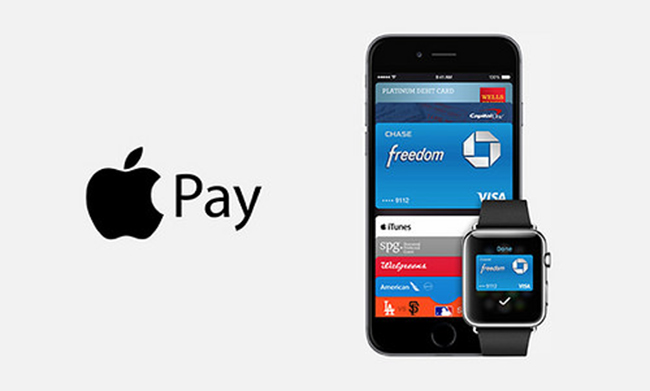As of the beginning of 2016, making payments with a mobile device still feels like more of a fun little practice than a practical necessity. It’s a little bit reminiscent of the early days of Siri, or even the beginnings of the tablet market. You’d occasionally see someone spending an extra minute to figure out driving directions or movie showtimes through Siri just because it was fun. You’d also see people using tablets for activities a laptop would simply be more helpful for. It’s not uncommon; when new tech comes out, it’s often more about fun than actual utility, at least at first.
So it seems with contactless mobile payments, which have only just gone mainstream in the past year or so. In theory, the ability to pay for something simply by scanning a screen on your mobile phone or tablet is quicker and more convenient than getting out your wallet and withdrawing a card or cash. But as you may have noticed standing in line behind someone paying with a phone, it really doesn’t shave off too many seconds. It’s still necessary to unlock a phone screen, pull up whatever relevant app, and hold the screen in front of a scanner.
But even if right now it seems more like people are just having fun with this sort of payment, contact-free pay is still the way of the future and frankly we should all get used to it. For these three reasons in particular, it appears that contactless pay is sticking around, whether or not it’s actually a significant time saver.
1. Apple Pay Isn’t Going Anywhere
If you have purchased an Apple mobile device in the past year or so, you may have noticed that incorporating your credit cards into Apple Pay is part of the setup process. That’s not to say that it’s mandatory, as most setup steps can be skipped and addressed later on voluntarily, but it’s crystal clear that Apple’s pushing its quick electronic pay platform for all of its latest devices. But even more importantly, it appears that the government may also help to encourage more widespread use of Apple Pay (or rather, more widespread acceptance by merchants). In a recent article at Apple Insider it was noted that U.S. law is “increasingly mandating chip and pin acceptance” as part of an effort to nudge merchants toward cutting back on swipe systems that can easily be manipulated for purposes of theft. Simply put, a magnetic card-swiping system can be used to
steal customers’ card information, whereas a digital scan doesn’t expose that information in a similar fashion.
2. Businesses Are Embracing The Concept
Lawmakers may be slowly but surely pushing businesses away from traditional card swiping and toward electronic and contactless payment methods. A lot of merchants are also moving in this direction for their own convenience, too. In fact, there’s a lot of momentum toward businesses adopting simpler, customer-friendly payment practices, beginning with countertop card machines but quickly moving to include contactless options. According to Worldpay, businesses can “reduce customer waiting times and process fast and secure credit card payments” by using card machines that include scanning features. As mentioned previously, contactless pay may not actually be the time saver some assume it is, but businesses are nevertheless embracing the concept if for no other reason than to project the image of improved efficiency.
3. We Don’t Need Wallets Anymore
Perhaps most relevant of all is that we just aren’t going to be using wallets the way we’re used to anymore in a few more years’ time. Some view the transition to electronic payments as the signature movement away from wallets, because it means we don’t necessarily need cash or credit cards on us. However, even those who use Apple Pay and similar services on a regular basis are likely still carrying wallets to store IDs, gift and membership cards, etc. But really, these things will also likely become unnecessary to carry in a physical sense. There are ways to add almost any gift card to Passbook, effectively turning them into digital cards. There are even indications that some states could move toward electronic IDs replacing traditional driver’s licenses. Within the next year, wallets could become entirely obsolete for all practical purposes. Should this happen, electronic payments will simply beco
me more strategic options.
Best of all, the transition to electronic payments is actually pretty easy. It can seem a little bit daunting at first but once you’re set up you’ll likely begin to appreciate the security and accessibility of your mobile cards.
